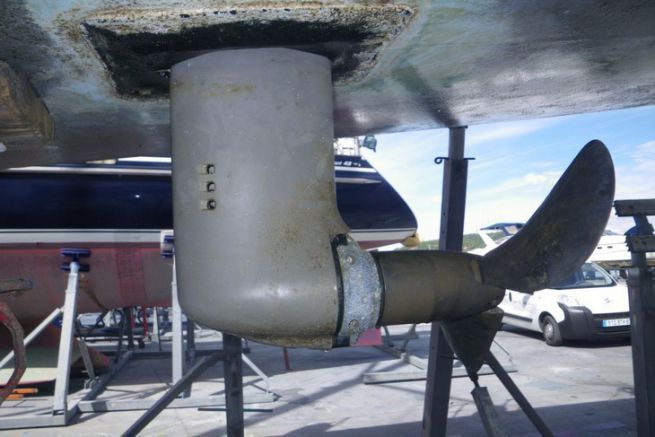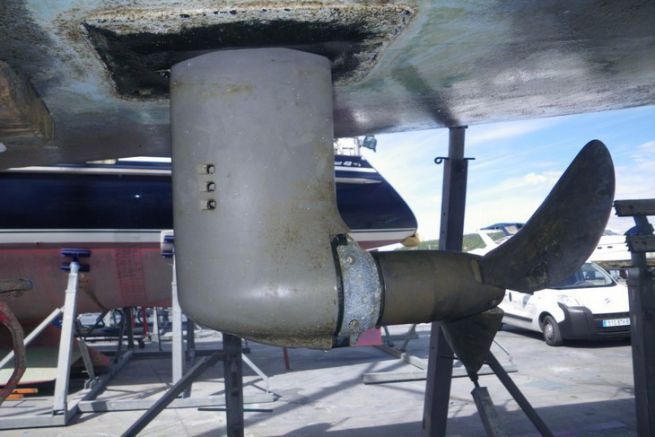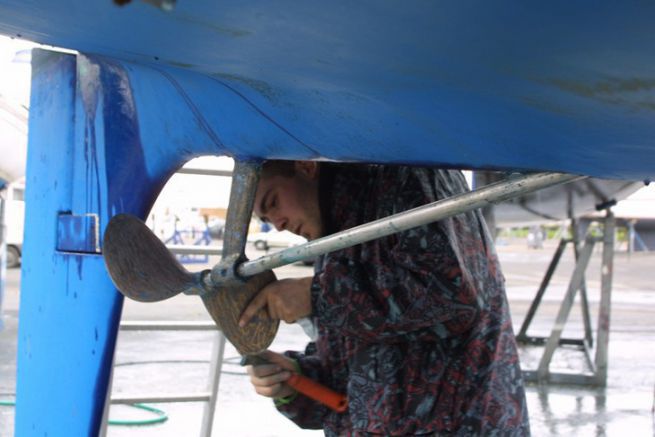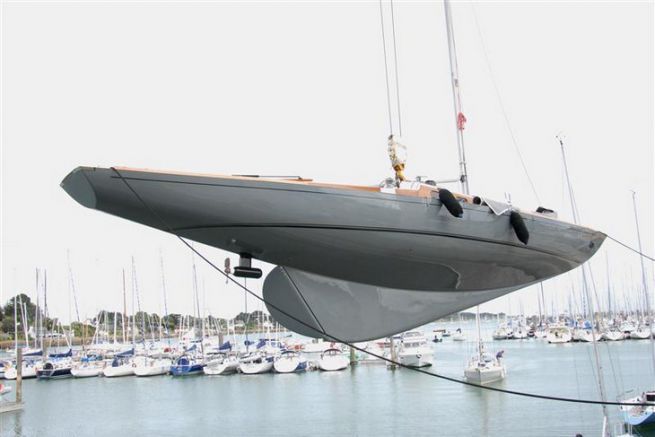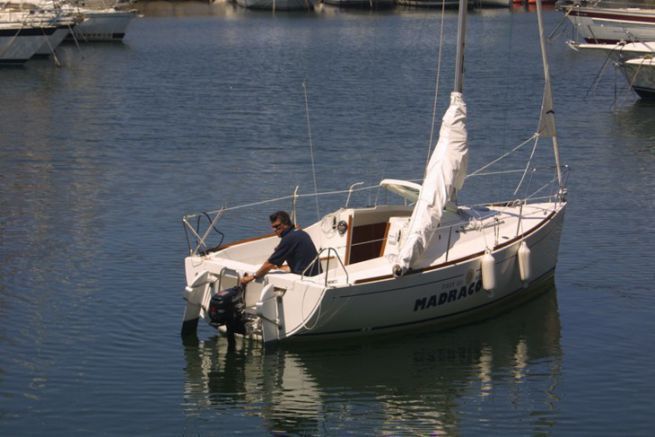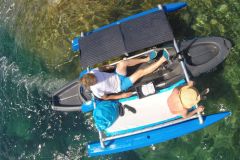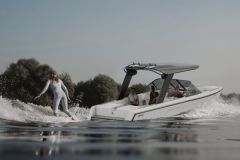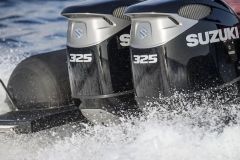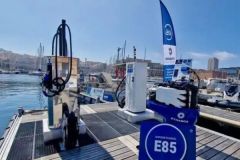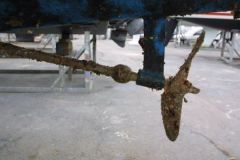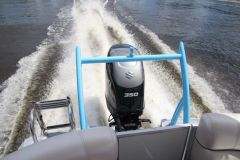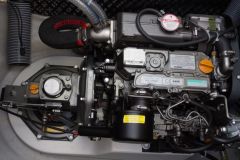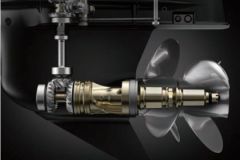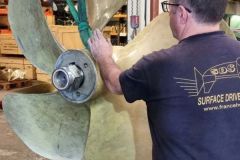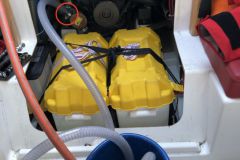Presentation of the sail-drive propulsion
The sail-drive is a type of propulsion in which the engine is connected to the propeller by a base plate. The propeller shaft is perfectly horizontal. The sail-drive transmission consists of a shaft with the shaft vertical and 2 angle gears, before being connected to the inverter. This compact propulsion avoids the large shaft line travel. A rudder is required for steering. The watertightness between the hull and the base plate is ensured by a gasket, which will have to be changed approximately every 7 years.
With this assembly, vibrations are minimal. Indeed the joint avoids any transmission. For shipyards the adaptation of a sail-drive is easy, because the engine and its propulsion come in one piece. By being able to place the engine in front (as on our diagram) or behind the base, the sail-drive offers multiple advantages to facilitate the fittings. This type of motorization is often chosen on catamarans. But the sail-drive only fits on engines of less than 75 hp. As a result, it is not found on large yachts.
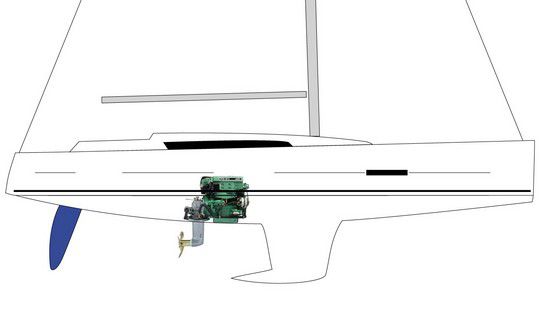
The sail-drive is particularly suitable for sailing boats, as the name suggests. Indeed, the engine is connected to the sail-drive by a horizontal shaft, then an intermediate shaft goes down vertically in the hull, before connecting the propeller to the outside of the hull, thanks to another intermediate horizontal shaft. Unlike the Z-drive propulsion on a motorboat, the shaft of the sail-drive propulsion is fixed. It cannot be raised.
All kinds of propellers can be installed on a sail-drive (2 or 3 blades, folding or not). Folding blade propellers are often found because sailing enthusiasts are looking for the minimum drag so as not to brake the boat.
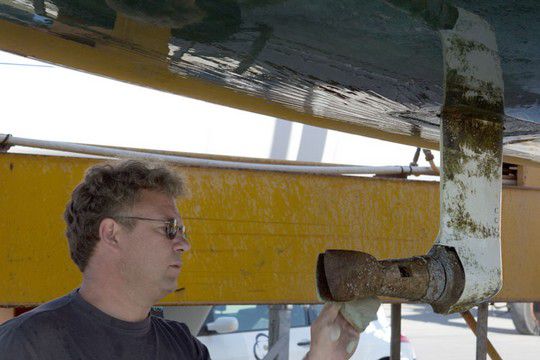
Advantages of sail-drive
- Manoeuvrability (especially in port)
- Flexibility
- Minimal noise and vibration
- Minimal drag
- Sealing (no cable gland)
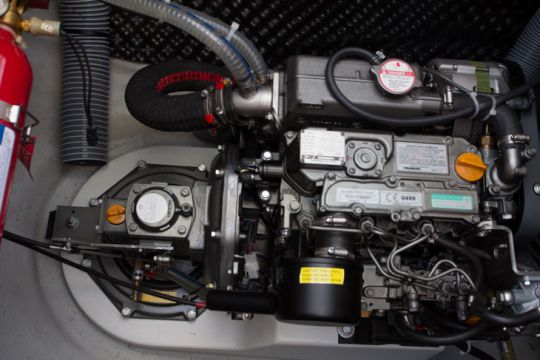
Disadvantages of sail-drive
- The boat must be taken out of the water for maintenance (emptying the base, gasket)
- Numerous mechanical moving parts with angle gears
- Limited maximum power (not available for engines over 75 hp)
